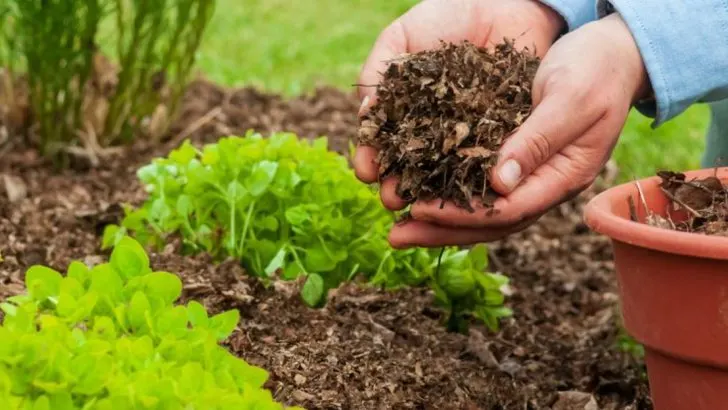Every gardener has heard them — those so-called “golden rules” you’re supposed to follow if you want a thriving garden. But what if some of them are more myth than must? The truth is, not every piece of advice passed down from books or neighbors is rooted in your garden’s reality — and blindly following them could be holding your plants back.
Whether it’s always rotating crops, never watering at midday, or obsessing over perfect soil pH, some of these “rules” are worth bending or breaking entirely. With a little confidence and observation, you might discover that going off-script can lead to even better results — and a lot less stress.
In this article, we’ll reveal 12 gardening “rules” you can confidently toss aside — and explain when, how, and why doing so can actually help you grow healthier, happier plants.
Don’t Plant Before Frost Date
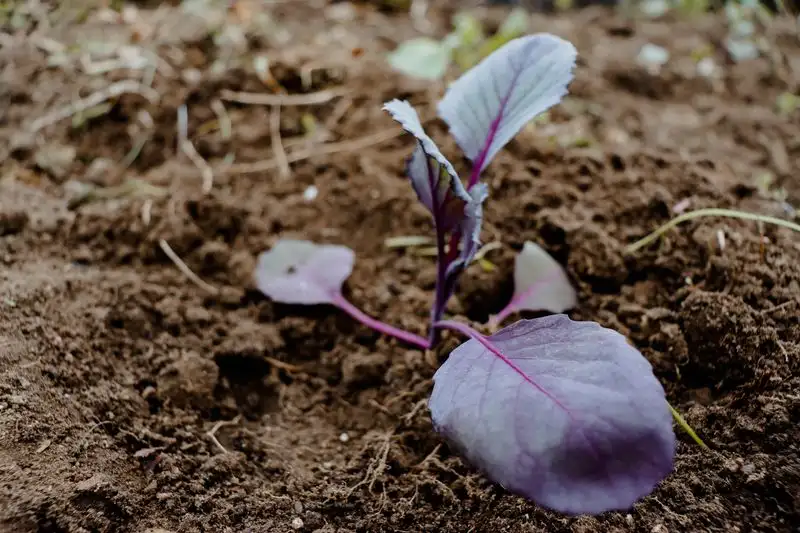
Ever heard that you must wait until after the last frost to plant? While it’s a common rule, many plants can handle a little cold. For instance, spinach and kale thrive in cooler temperatures. Start these veggies early to enjoy a longer harvest season.
Consider experimenting with cold frames or row covers to protect tender seedlings from unexpected frosts. With these tools, you can extend your growing season and get a head start on your garden.
So go ahead, plant a little earlier this year and see how your garden surprises you.
Only Use Organic Fertilizers
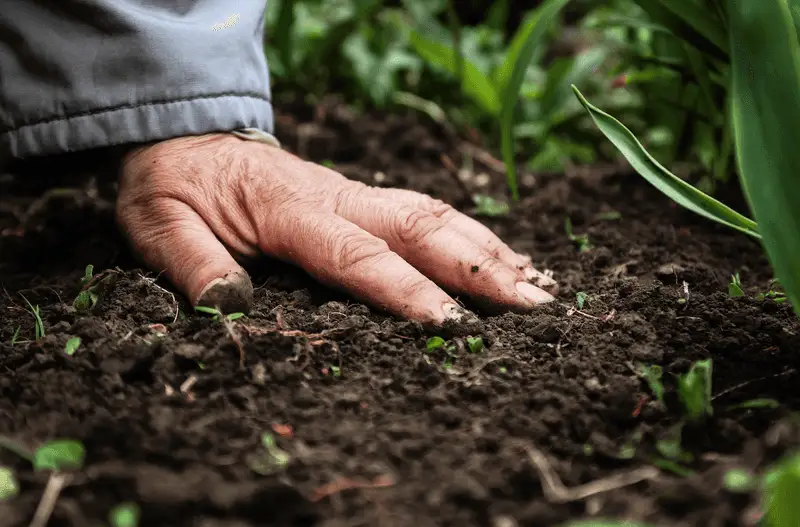
The organic-only rule might be overrated. Sometimes, plants need a quick nutrient boost that organic fertilizers can’t provide. Using synthetic fertilizers sparingly can help fill those gaps without harming your garden.
Think of it as a balanced diet for your plants, where both organic and synthetic options play a part. Just remember to follow package instructions and avoid over-fertilizing, which can lead to nutrient burn.
Experiment with different combinations and find what works best for your garden’s unique needs and soil conditions.
Water Every Day
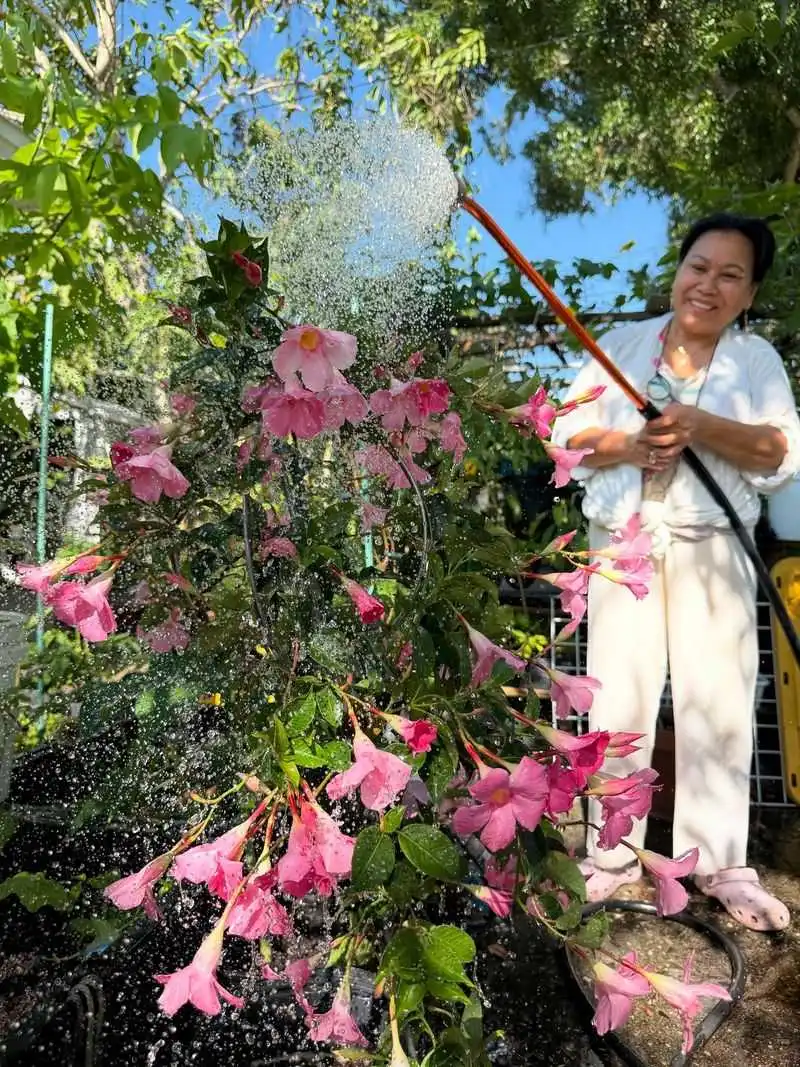
Daily watering? Not always necessary. In fact, it can do more harm than good by encouraging shallow root growth. Instead, aim for deep, infrequent watering to promote strong roots.
Observe your soil and plants. They’ll tell you when they’re thirsty. Stick your finger into the soil; if it feels dry a couple of inches down, it’s time to water.
This approach saves water and encourages a more resilient garden that can withstand dry spells. It’s a win-win for both you and your plants.
Stick to Native Plants
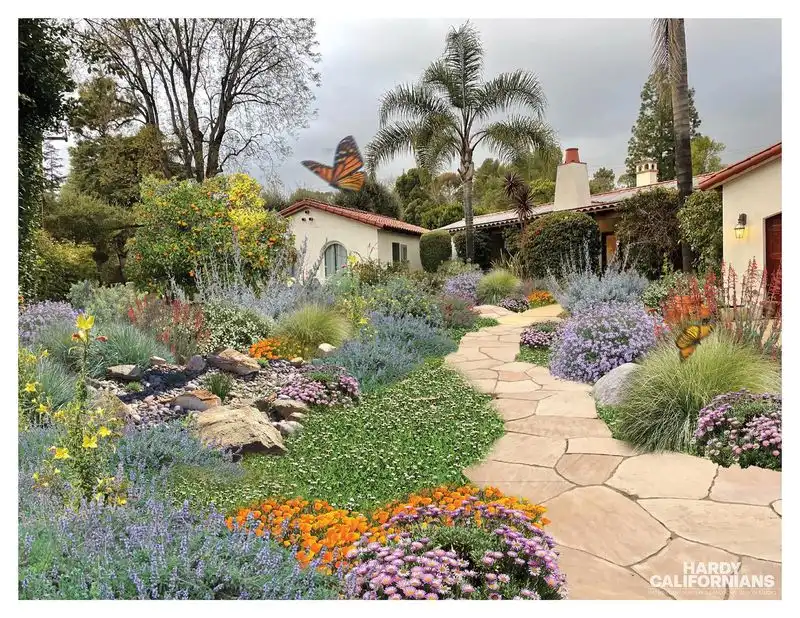
While native plants are adapted to local conditions and support local wildlife, don’t feel restricted to them. Exotic plants can add vibrant colors and unique textures to your garden.
Research non-invasive, exotic species that thrive in your climate. These can complement your native plants beautifully without becoming a nuisance.
A diverse garden not only looks captivating but can also attract a wider array of pollinators and beneficial insects, enhancing the ecosystem.
Prune Only in Winter

Pruning is often reserved for winter, but some plants benefit from a summer haircut. For instance, spring-flowering shrubs might need shaping right after blooming.
Summer pruning can encourage new growth and even more blossoms next season. Just be cautious with timing, as too late in the season can harm cold-sensitive plants.
Experiment with different pruning schedules, and you’ll discover what suits your garden best. It can lead to healthier, more productive plants.
Use Mulch Everywhere
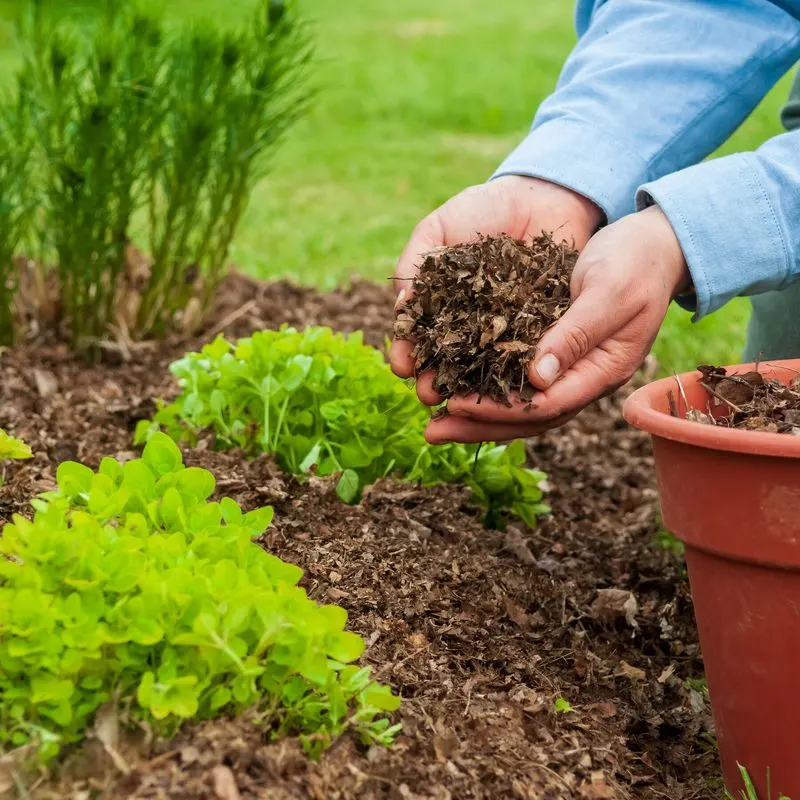
Mulch is a garden favorite for moisture retention and weed control, but it doesn’t belong everywhere. Certain plants, like succulents, prefer dry, well-draining soil.
Instead of mulching these areas, use gravel or sand to mimic their natural environment. This can help prevent root rot and other moisture-related issues.
By tailoring your mulching strategy, you’ll create a more favorable habitat for a wider variety of plants in your garden.
Fertilize Regularly

Regular fertilization is often recommended, but not all plants require constant feeding. Some thrive with minimal intervention, especially those in nutrient-rich soil.
Observe your plants’ growth and adjust fertilization accordingly. Over-fertilizing can lead to excessive foliage at the expense of blooms or fruit.
Finding the right balance ensures healthy plants that don’t depend solely on fertilizers for growth. Experimentation helps you understand what each plant in your garden truly needs.
Only Full Sun for Veggies
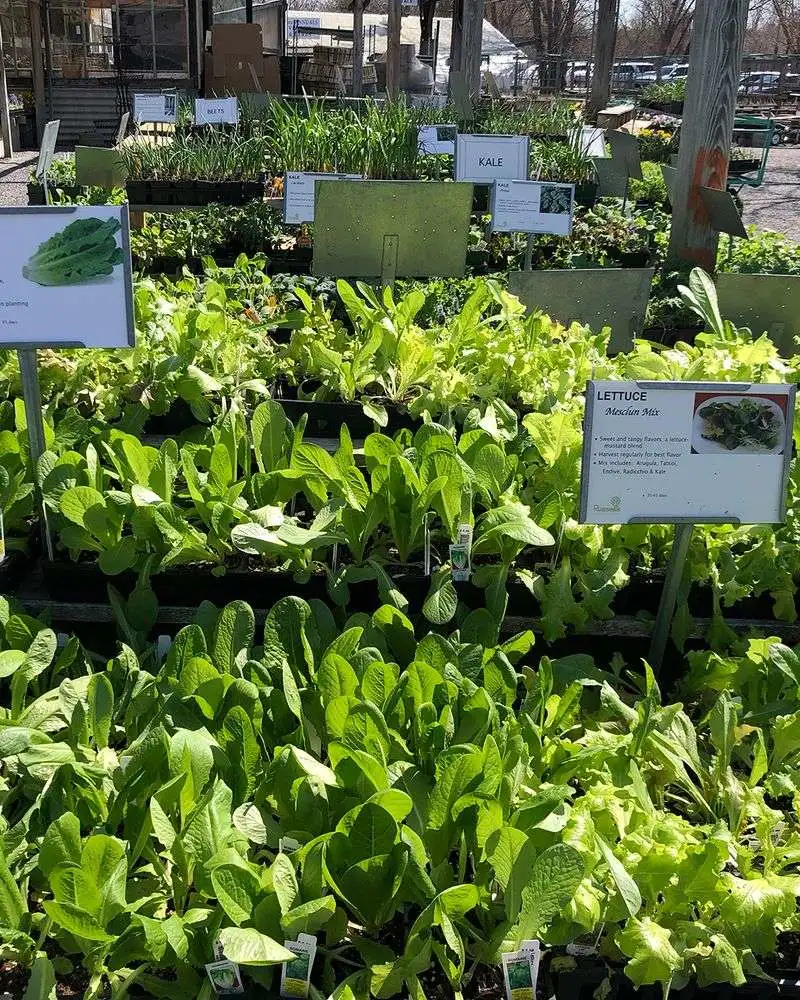
The notion that all veggies need full sun isn’t entirely true. Many can tolerate and even prefer partial shade, especially in hot climates.
Lettuces and spinach, for example, benefit from shade during peak summer days, preventing them from bolting.
Experimenting with location can lead to more productive harvests. Try planting in various spots to see where your veggies thrive best. Some might surprise you with their adaptability.
Follow Planting Instructions Exactly

Planting instructions are guidelines, not strict rules. Factors like local climate and soil type mean that flexibility might be your best ally.
By observing your garden’s conditions, you can adjust spacing and depth for optimal growth.
This experimental approach might reveal hidden potential in your plants, leading to a more robust garden. Trust your instincts and see where they lead you.
All Weeds Are Bad
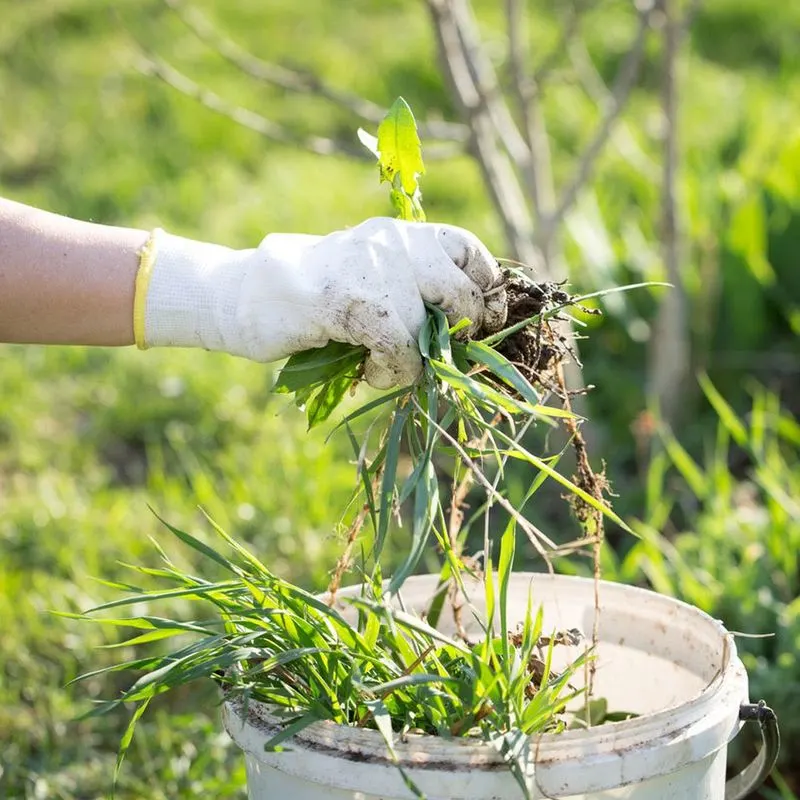
Not all weeds are nuisances. Some offer benefits like attracting pollinators or improving soil quality. Clover, for example, fixes nitrogen, benefiting nearby plants.
Identify helpful weeds and let them coexist with your crops. They can act as natural insect repellents or ground covers that retain moisture.
This understanding transforms weeds from enemies to allies, enriching your garden’s biodiversity.
Use Only Chemical Pest Control
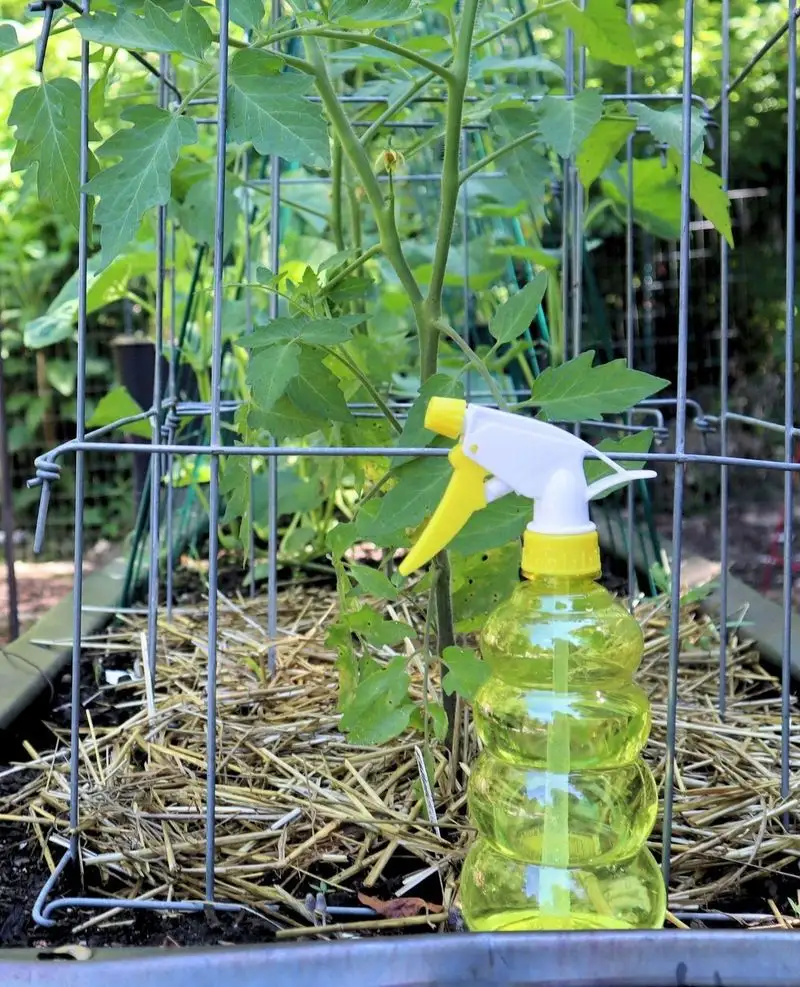
Chemical pest control is effective, but not the only option. Natural methods like companion planting and introducing beneficial insects can manage pests effectively.
Ladybugs and lacewings prey on aphids, reducing the need for chemicals. Growing basil near tomatoes can repel flies.
These methods create a balanced ecosystem, promoting plant health. Plus, they’re safer for the environment and your family.
Garden Beds Must Be Perfectly Neat
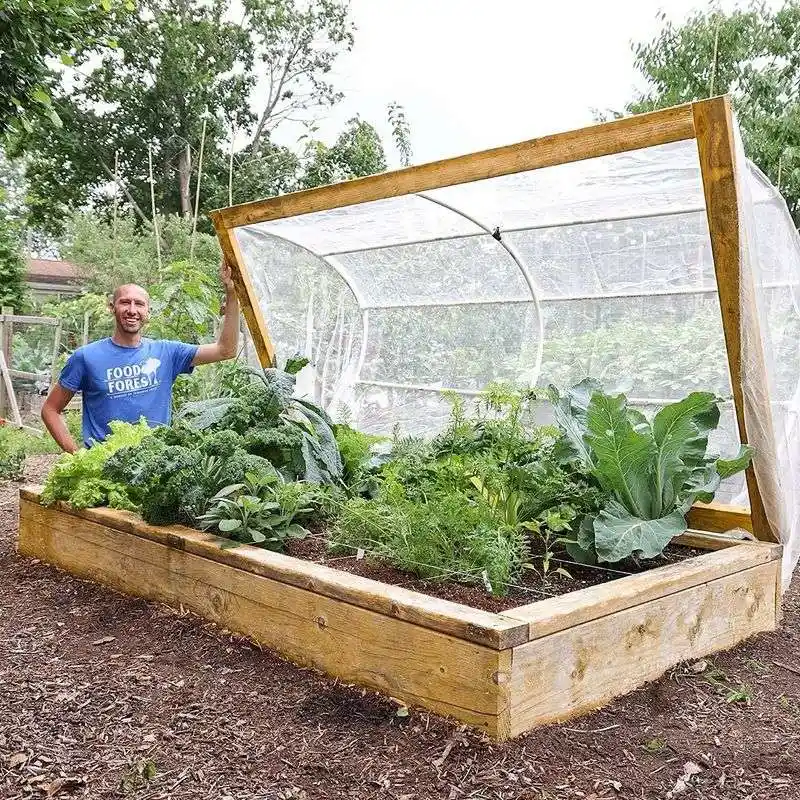
The idea of perfectly manicured garden beds is appealing, but a little chaos can be more beneficial. Letting nature take its course can result in healthier, more resilient plants.
Mixing different species and allowing them to grow naturally creates a diverse habitat that can deter pests and diseases.
Embrace imperfections, and you’ll not only save time but also cultivate a garden that’s brimming with life and character.

